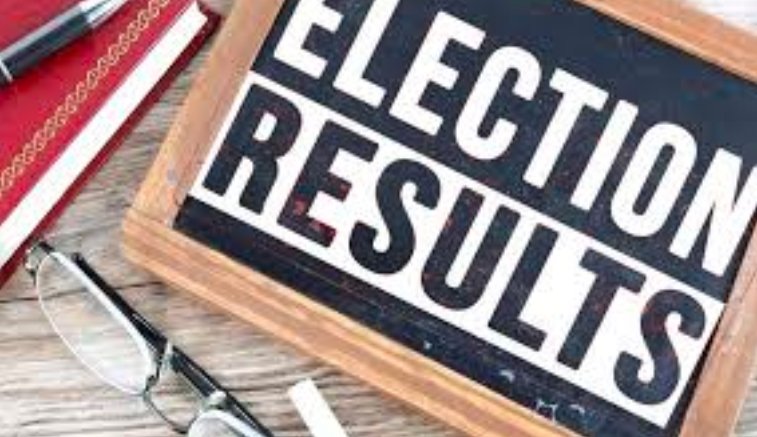The Colorado Department of State kicked off its 2024 Post-Election Bipartisan Audit this week, demonstrating its commitment to election transparency and integrity. The process, which has been a cornerstone of Colorado elections since 2017, reassures voters that ballots were accurately counted.
The Risk-Limiting Audit: A Safeguard for Democracy
At the heart of this effort lies the risk-limiting audit (RLA), a method designed to confirm election outcomes through statistical verification. During a public meeting on Monday, officials outlined the procedures and involved the community in the process.
The audit began with an unusual yet critical step: rolling 20 ten-sided dice to generate a random seed number. This seed was fed into the RLA software, a pseudo-random number generator that selects specific ballots for audit.
According to the Department of State, this method minimizes risks of errors while maintaining statistical validity.

What Makes the RLA Unique
Colorado’s RLA stands out for several reasons:
- Transparency: Public participation is encouraged during the dice roll, fostering trust in the process.
- Accuracy: The random selection ensures no bias in ballot sampling.
- Adaptability: The process is robust enough to handle elections of various sizes and complexities.
The Secretary of State’s office provides detailed results and explanations on its website, allowing voters to verify the audit’s findings for themselves.
A Process Built on Trust and Experience
Officials emphasize that this is not Colorado’s first rodeo with RLAs. Since their introduction in 2017, every election in the state has undergone this rigorous auditing process. The consistent use of RLAs has positioned Colorado as a leader in election security and transparency.
“Colorado’s risk-limiting audits are a national model,” one election official noted, highlighting the state’s proactive approach to election integrity.
Statistical Precision Meets Community Involvement
The use of random seed numbers and high-tech software might seem daunting, but the process is grounded in simplicity and public accessibility. Here’s how the audit unfolds:
- Dice Roll: Establishes a truly random sequence.
- Software Input: Random numbers are entered into the RLA program to select ballots.
- Ballot Audit: Selected ballots are manually reviewed to verify the accuracy of machine counts.
The blend of technology and human oversight ensures the audit’s reliability.
Why It Matters
Post-election audits play a critical role in bolstering public confidence, especially during contentious political climates. Colorado’s commitment to this process not only reinforces the integrity of its elections but also serves as a reminder of the importance of voter trust.
As the audit progresses, Coloradans can rest assured that their votes were counted correctly and fairly.













